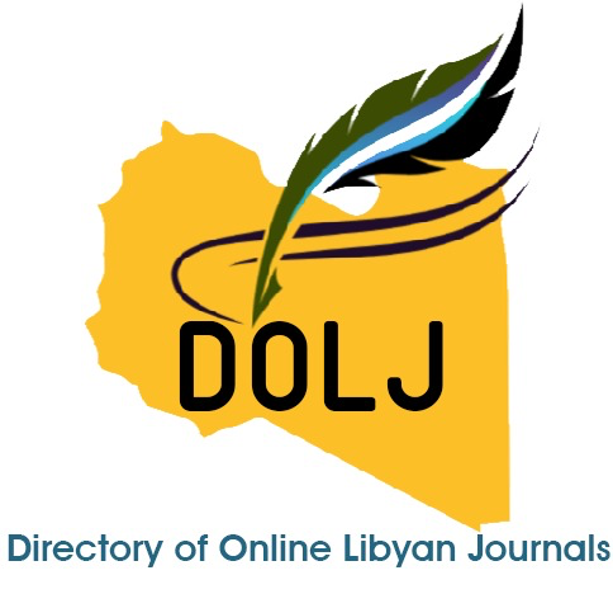Forgery in Arabic Manuscripts: Causes and Motivations
DOI:
https://doi.org/10.36602/faj.2015.n05.05Keywords:
Arabic manuscript, forgery, Islamic heritage, manuscript documentation, heritage criticismAbstract
scholarly and heritage-related issue: the phenomenon of forgery in Arabic manuscripts, a subject addressed by both classical and modern scholars due to the immense historical and intellectual value of these manuscripts. Arabic manuscripts represent a rich scientific legacy and a mirror reflecting the intellectual vitality of the Islamic civilization.
As human-made artifacts, manuscripts are inherently prone to errors and imperfections, and some have suffered deliberate forgeries or unintentional alterations over time. This study focuses on exploring the motivations and causes behind manuscript forgery, with particular attention to the roles played by scribes, book dealers, and intermediaries—who were often directly or indirectly involved in the falsification process.
The research also examines how weak documentation practices have contributed to the proliferation of forgery cases. Through selected case studies and textual evidence from original sources, along with insights from modern manuscript specialists, the paper seeks to highlight the extent and implications of this phenomenon.
Ultimately, the study calls for more rigorous scholarly attention and critical awareness in handling Arabic manuscripts, in order to safeguard the authenticity and integrity of the Islamic intellectual heritage.
Downloads
Published
How to Cite
Issue
Section
License
Copyright (c) 2015 محمود علي كعبور

This work is licensed under a Creative Commons Attribution 4.0 International License.
All works published in this journal are licensed under the Creative Commons Attribution 4.0 International License (CC BY 4.0), which permits use, sharing, adaptation, and redistribution for any purpose, including commercial ones, provided that proper credit is given to the original author and source, a link to the license is provided, and any changes made are indicated.

















